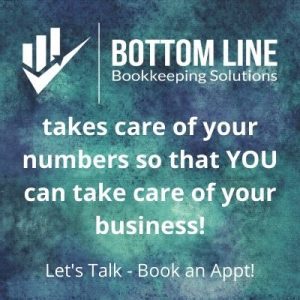It is the time of year that entrepreneurs begin to take a look at the revenue projections for the upcoming year. Have you taken the time to begin this process? Since this is such an important part of your business success, I thought it would be timely to give you a few helpful hints about how to create your own revenue projections.
Why you must create revenue projections!
I get it – unless you are a super planner, planning and projecting are not always fun. Maybe you aren't sure what would be realistic or maybe you feel like it is all just a guess anyway so why does it matter. Creating revenue projections serves two purposes. 1st the process itself will force you to think about the things in your business you should actually be focused on and 2nd setting goals gives you something to work towards. Without these revenue projections, you are simply wandering around in your business.
Creating your Revenue Projections Spreadsheet
1. Create a spreadsheet (using excel or a yellow pad). In the first column make a list of all the products and services that you currently sell or would like to sell during the next year.
2. In the second column next to each product or service enter the sales price.
3. In the third column put the number of units you would like to sell during the year.
4. In the fourth column put the total revenue which would be the price times the number of units sold. So for example, if I were listing my new Create Your Revenue Projections & Marketing Plan Virtual Day with a price of $97 per person and I wanted to have 100 people participate I would have total projected revenues of $9700.
5. Now that you have completed the projections for each product or service simply total them together to determine your annual revenue projections. What did you find? Were you surprised at the number? Was it way too low or was it much higher than you thought?
How to Work With These Revenue Projections
Setting annual revenue projections is the easy part. The hard part is knowing how to use them. These numbers drive the marketing plans for your business but that is not easy with them in this format.
To make that easier I take these numbers a step further. I look at the number of units I want to sell during the year and I break that down into quarterly numbers. I'm not simply dividing that number by 4 – I am looking at what products or services I want to market and sell in each quarter.
So back to my virtual day example from earlier. I had a goal of 100 units sold but maybe I am going to sell 50 of those units in the 1st quarter and 50 of those units in the 4th quarter because this would be a class that would naturally sell well at the beginning of the year and end of the year.
By dividing each product into quarterly units sold I can now see what I need to be focused on from a marketing aspect. Then as each quarter progresses through the year I have a gauge of whether I am attaining my revenue projections.





